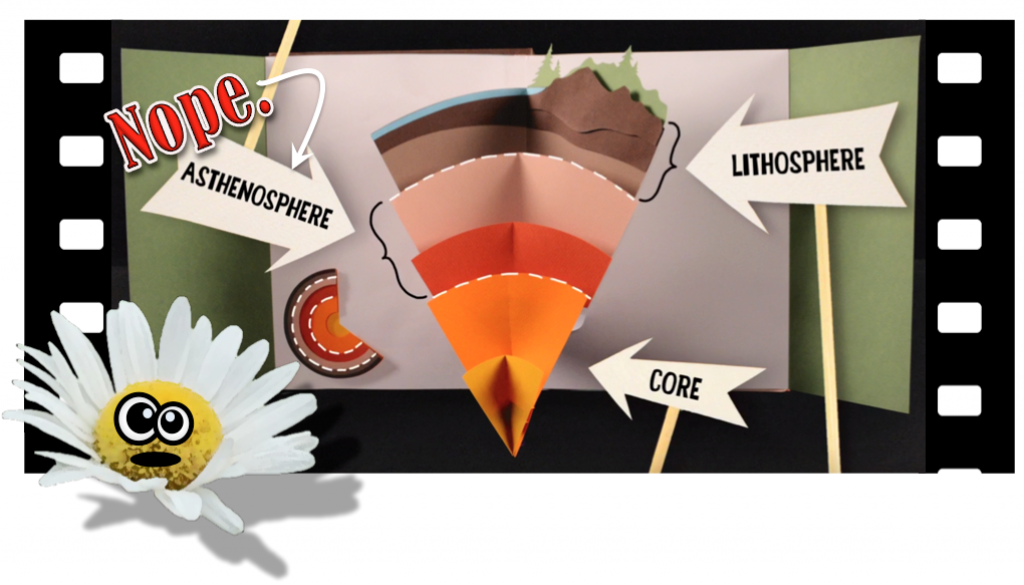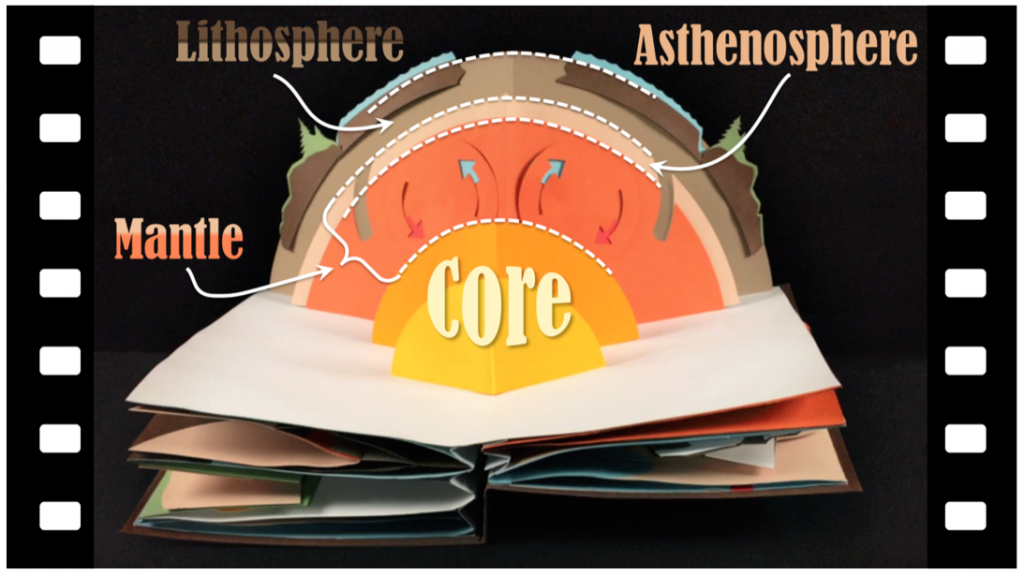Summary
This video discussed the breakup of our Earth’s continents by the shifting of tectonic plates, which created the well-known supercontinent Pangaea. It gives an in-depth description of what the primary plate tectonics are composed of and a description of how they shift based off two different theories. Most importantly it summarised the futuristic possibilities of continents re-joining together in millions upon millions of years.
Why watch this video?
- Have you ever wondered how fast continents shift or mountains grow?
- Would you like to know how plate tectonics created the supercontinent Pangaea?
- Have you ever been confused by the break-up of Earth’s continents millions of years ago?
Key terms
Plate Tectonics – lithospheric plates that either collide, move away, or move adjacently to each other causing Earth’s crust to shift.
Pangaea – a supercontinent that explains why similar organisms appear on two separate continents.
Continental drift – the motion of Earth’s continents.
Loose ends
- 1) The seven primary tectonic plates are the African Plate, Antarctic Plate, Eurasian Plate, Indo-Australian Plate, North American Plate, Pacific Plate and South American Plate.
- 2) Ocean basins include both trenches and mid-ocean ridges. The abyssal plain is the region of the ocean basin that is deepest.
- 3) The continental shelf is relatively shallow-water zone where the continent meets the ocean. There is a steep slope between the continental shelf and ocean crust.
Hi, Editor here. It looks like we’ve had a visit from the Oopsie Daisy. This video talks about how tectonic plates move around on the asthenosphere, a layer in the upper mantle. But the diagram of the asthenosphere below isn’t quite right. It shows the asthenosphere going all the way to core. The asthenosphere is actually a very thin layer at the top of the mantle.

Later in the video, there’s a diagram that shows this a little better. I’ve labelled it with the lithosphere, asthenosphere, mantle, and core. Notice how the asthenosphere is a thin layer, and only a small part of the mantle.

Self-Test Questions
Sorry, but comments are not enabled on this site.